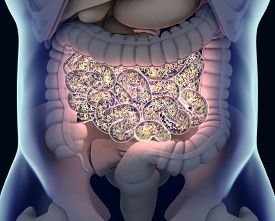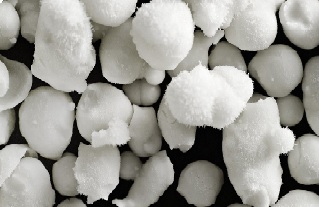PROBIOTICS
Probiotics are live bacteria and yeasts that are good for your health, especially your digestive system. We usually think of these as germs that cause diseases. But your body is full of bacteria, both good and bad. Probiotics are often called “good” or “helpful” bacteria because they help keep your gut healthy.
You can find probiotics in supplements and some foods, like yogurt. Doctors often suggest them to help with digestive problems.
Probiotics are “good bacteria”
Probiotics are natural cultures. The term is derived from Greek and means “for life” as opposed to antibiotics which means “against life.” In 2001, the FAO/WHO defined probiotics as:
Live microorganisms which when administered in adequate amounts confer a health benefit on the host
Probiotic facts:
Fermented foods have been consumed around the world for ages. However, the scientific discovery of lactic acid bacteria only dates back to the nineteenth century, with research into their potential beneficial effects taking off in the twentieth century and continuing today.
Types of Probiotics:
Many types of bacteria are classified as probiotics. They all have different benefits, but most come from two groups. Ask your doctor about which might best help you.
Lactobacillus. This may be the most common probiotic. It’s the one you’ll find in yogurt and other fermented foods. Different strains can help with diarrhea and may help with people who can’t digest lactose, the sugar in milk.
Bifidobacterium. You can also find it in some dairy products. It may help ease the symptoms of irritable bowel syndrome (IBS) and some other conditions.
Saccharomyces boulardii is a yeast found in probiotics. It appears to help fight diarrhea and other digestive problems.
Some common conditions they treat are:
• Irritable bowel syndrome
• Inflammatory bowel disease (IBD)
• Infectious diarrhea (caused by viruses, bacteria, or parasites)
• Antibiotic-related diarrhea
There is also some research that shows they’re useful for problems in other parts of your body. For example, some people say they have helped with:
• Skin conditions, like eczema
• Urinary and vaginal health
• Preventing allergies and colds
• Oral health
The FDA regulates probiotics like foods.
What are the dietary sources of probiotics?
Probiotics can be found in:
• Some yogurts
• Some cheeses
• Other dairy products that contain probiotics, such as Lactobacillus milk or kefir
• Sauerkraut
• Kimchi
These are the milestones in the history of Probiotics:
• 2001: The United Nations Food and Agriculture Organization and the World Health Organization (FAO/WHO) introduce the definition of probiotics that is used today, “Live microorganisms which when administered in adequate amounts confer a health benefit on the host”
• 1980s: The first probiotic yogurt is launched in Europe
• 1965: The term “probiotics” is coined and used for the first time
• 1935: The first commercial product with lactic acid bacteria is launched in Asia
• 1908: Ukrainian-born zoologist, microbiologist and Nobel laureate Élie Metchnikoff (1845-1916), argues that lactic acid bacteria may have various benefits and that it is possible “to modify the flora in our bodies and to replace the harmful microbes by useful microbes”1
• 1857: French chemist and microbiologist Louis Pasteur (1822-1895) discovers lactic acid bacteria


